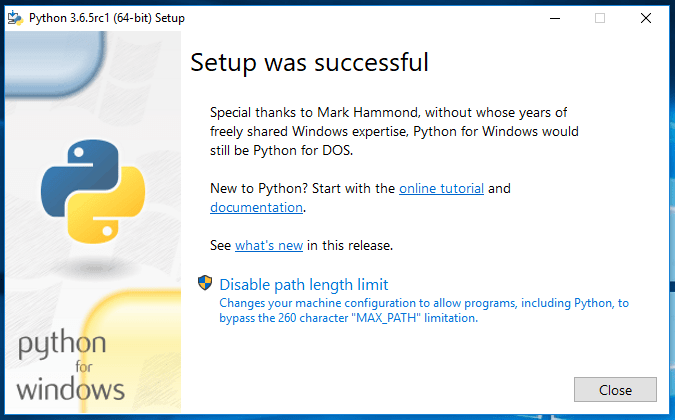

If you have previous programming experience, consult BeginnersGuide/Programmers, which lists more advanced tutorials. If you have never programmed before, see BeginnersGuide/NonProgrammers for a list of suitable tutorials. Next, read a tutorial and try some simple experiments with your new Python interpreter. Take a look at HowToEditPythonCode for some advice and recommendations. Other options can be found at IntegratedDevelopmentEnvironments.Īt some stage, you'll want to edit and save your program code. There are also Python interpreter and IDE bundles available, such as Thonny. See BeginnersGuide/Download for instructions to download the correct version of Python. Mac and Linux distributions may include an outdated version of Python (Python 2), but you should install an updated one (Python 3). This is the program that reads Python programs and carries out their instructions you need it before you can do any Python programming. Next, install the Python 3 interpreter on your computer. Read BeginnersGuide/Overview for a short explanation of what Python is. You will *reactivate* your virtual environment(s) every time you need to run code related to this project.New to programming? Python is free and easy to learn if you know where to start! This guide will help you to get started quickly. Notice how I no longer have to use `C:\Python310\python.exe`? (myvenv) python -m pip install pip -upgrade `myvenv` is the name of the virtual environment (in this case).

Hopefully you see the logic in the fact that if you use Python 2.7 to write a program it *might not* run on Python 3.10 simply because they are different versions.Īs a beginner, this step might *feel pointless* but I promise as your skills grow you will certainly come to appreciate this step.ĭo you see how we used `C:\Python310\python.exe -m` again? Yup, `venv` is a built-in package to Python. **If you write a program using a specific version of Python, it may or may not work using another version of Python.** Technically speaking, this is *definitely* possible but it poses a new problem: Remember how in step 1 we installed the latest version of Python 3.10? What if we wanted our system to use Python 3.6? Or Python 3.8?


 0 kommentar(er)
0 kommentar(er)
